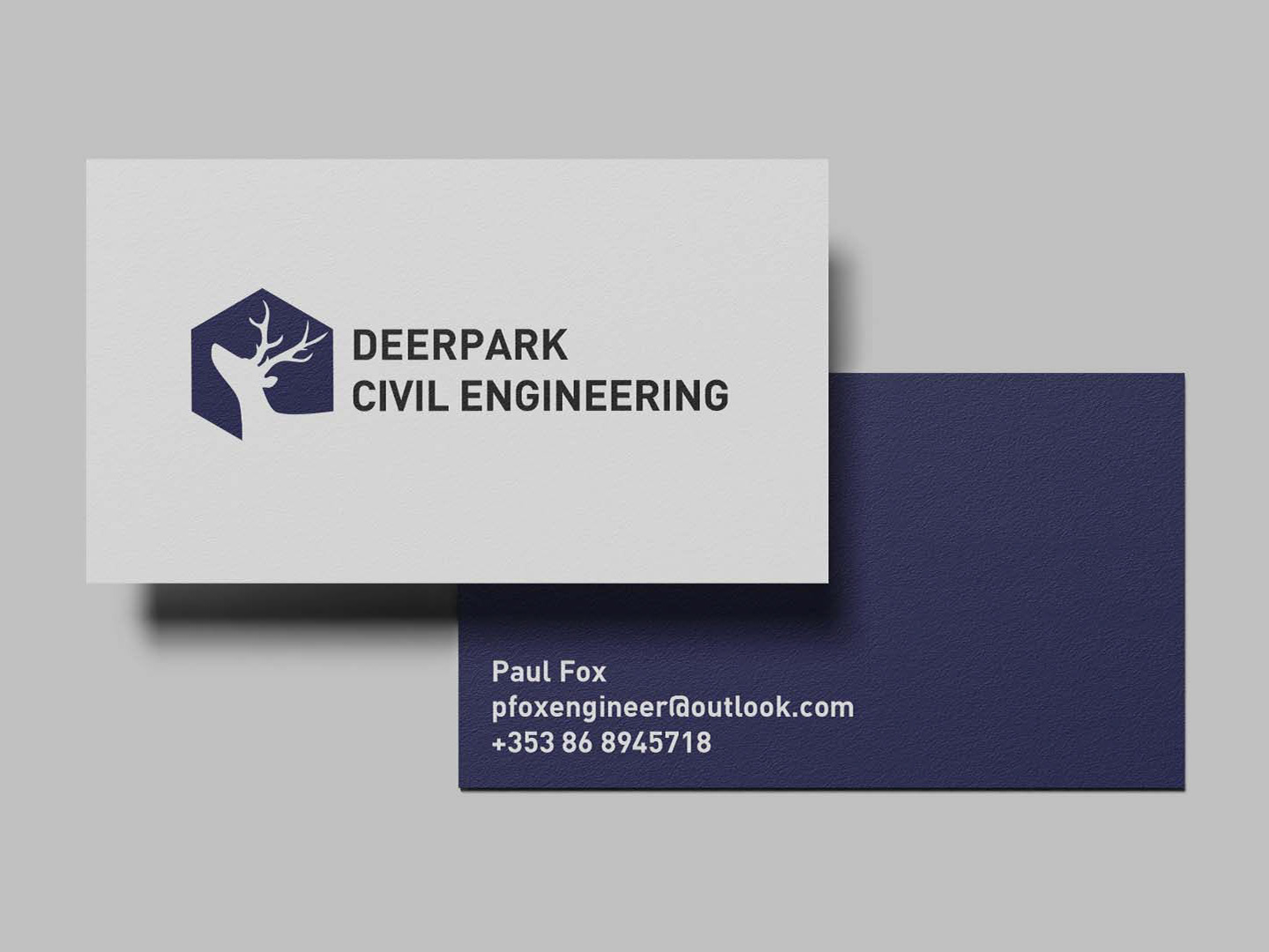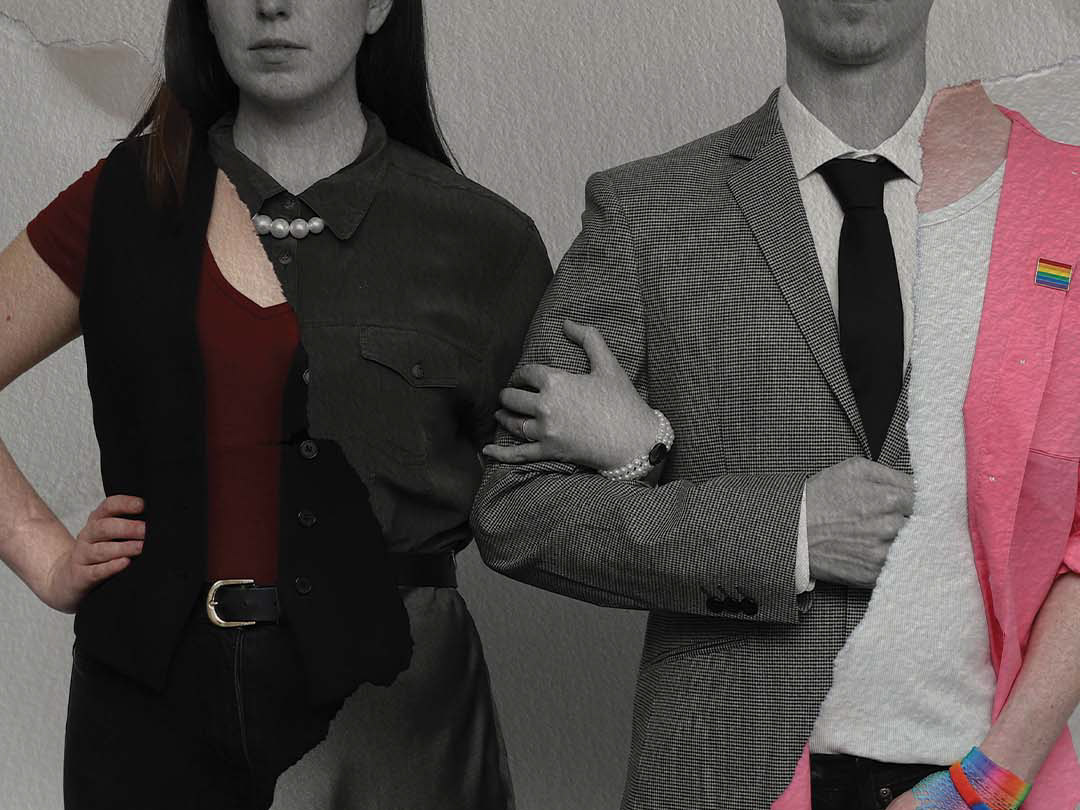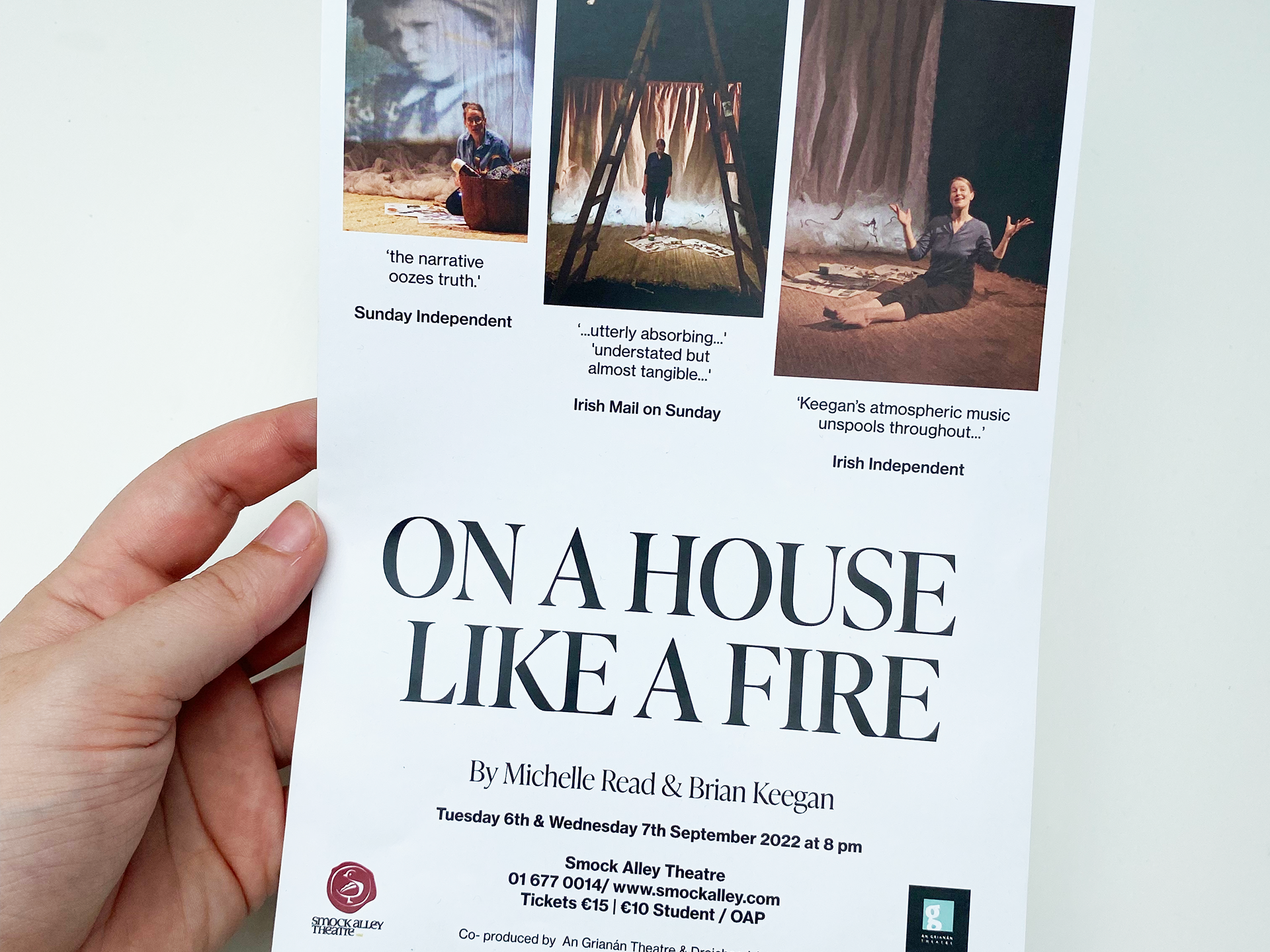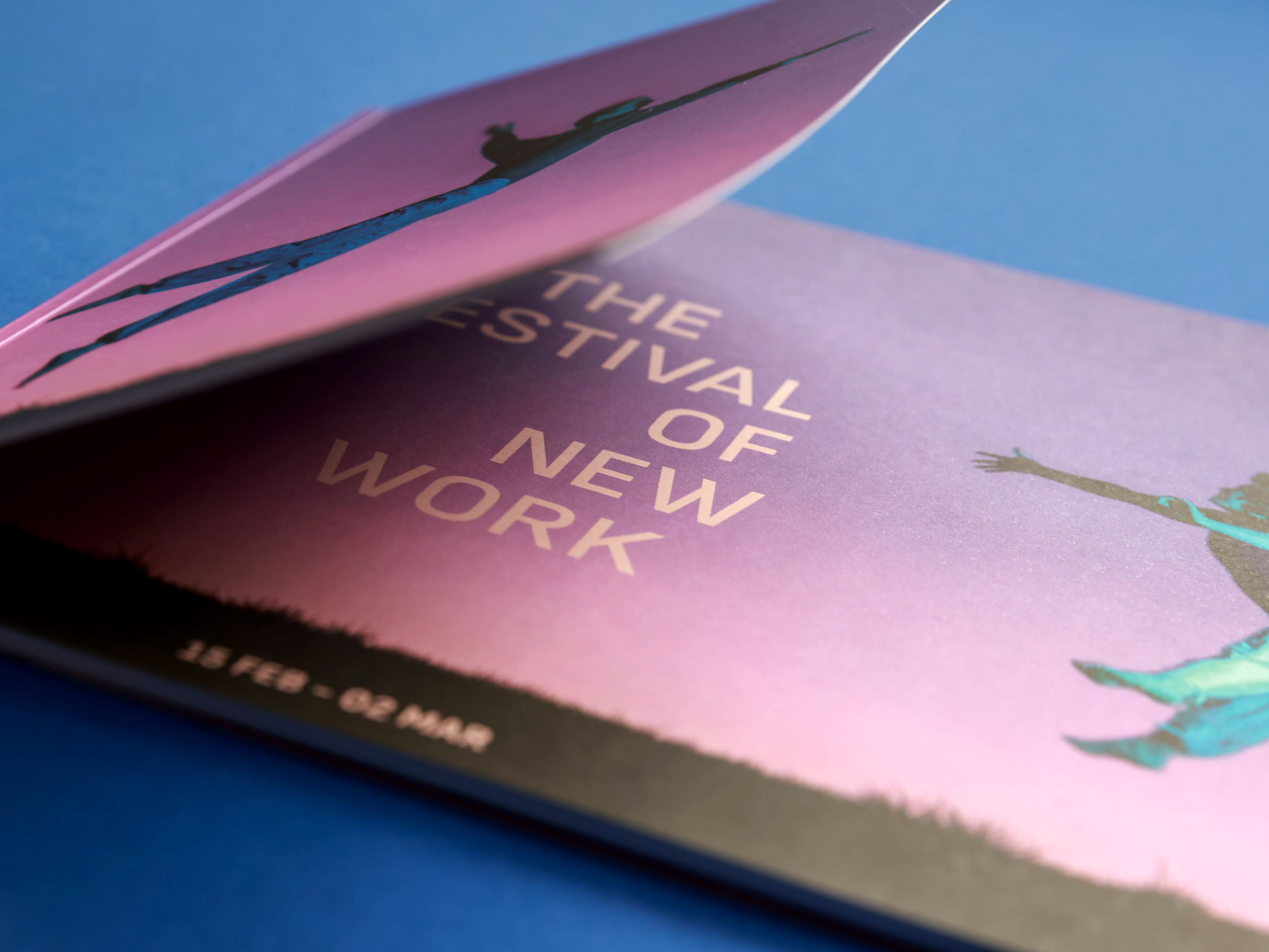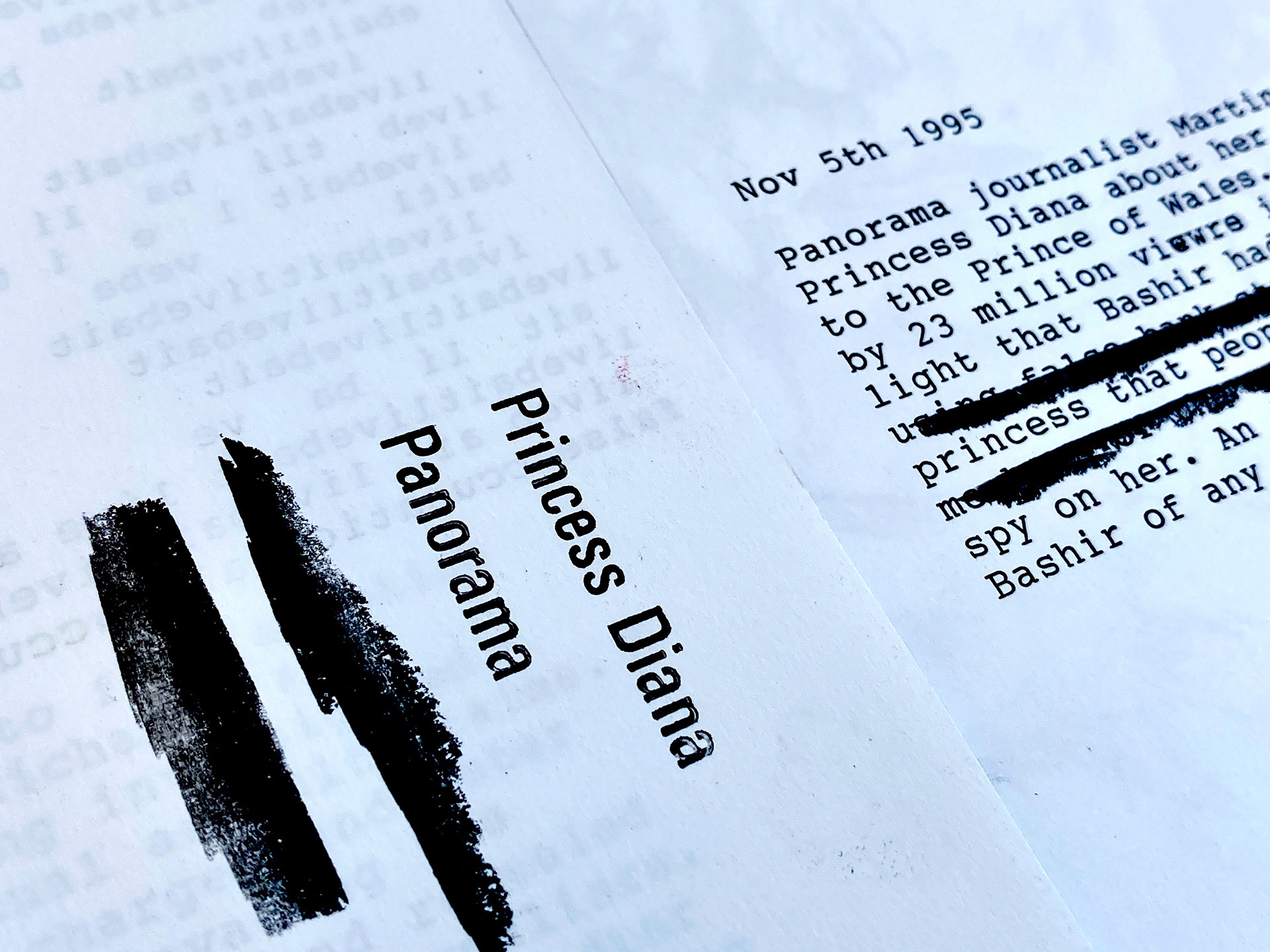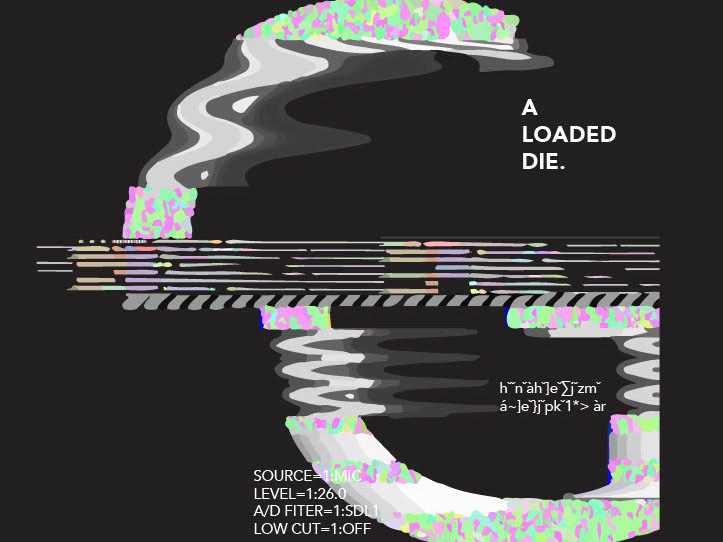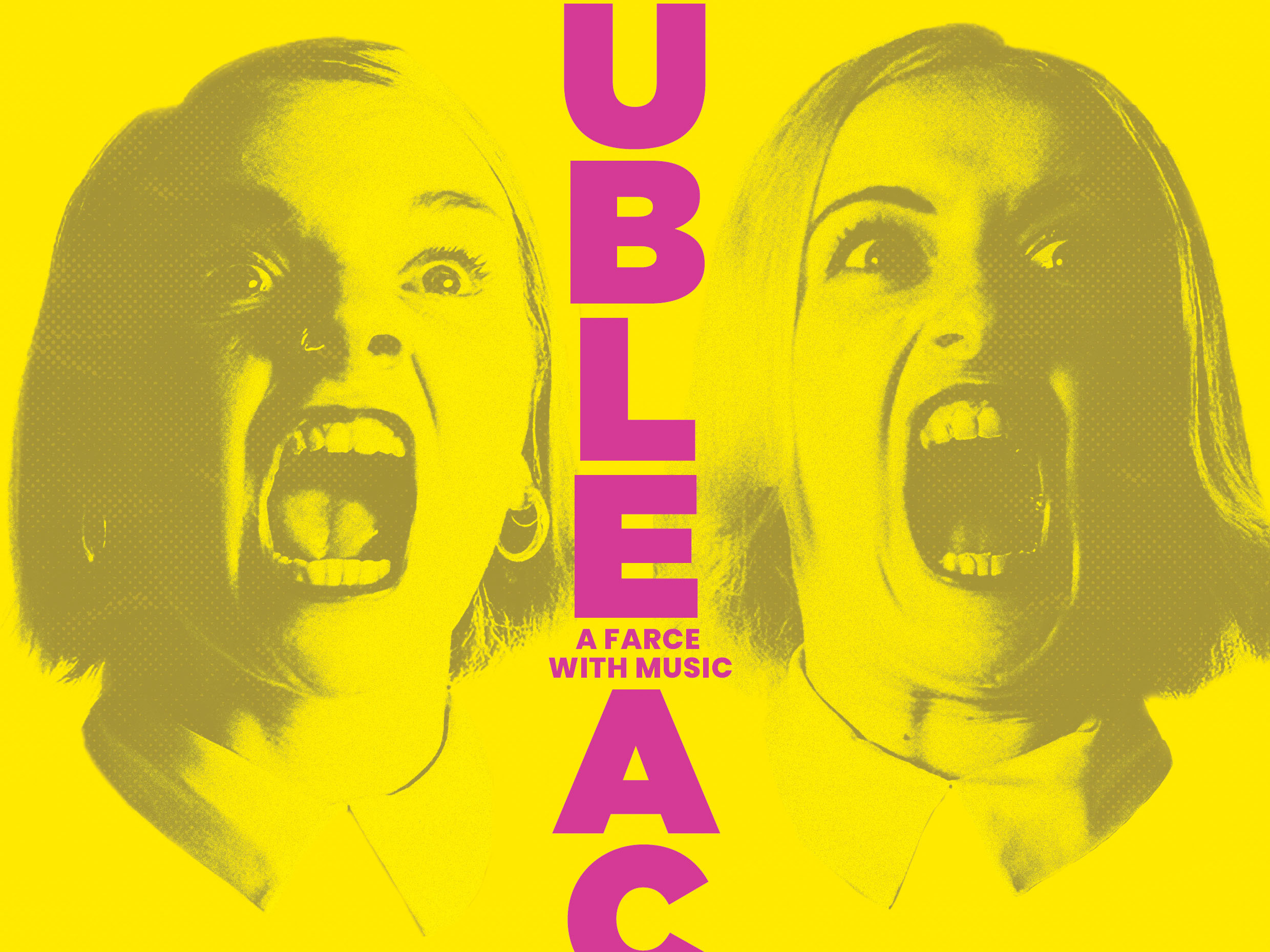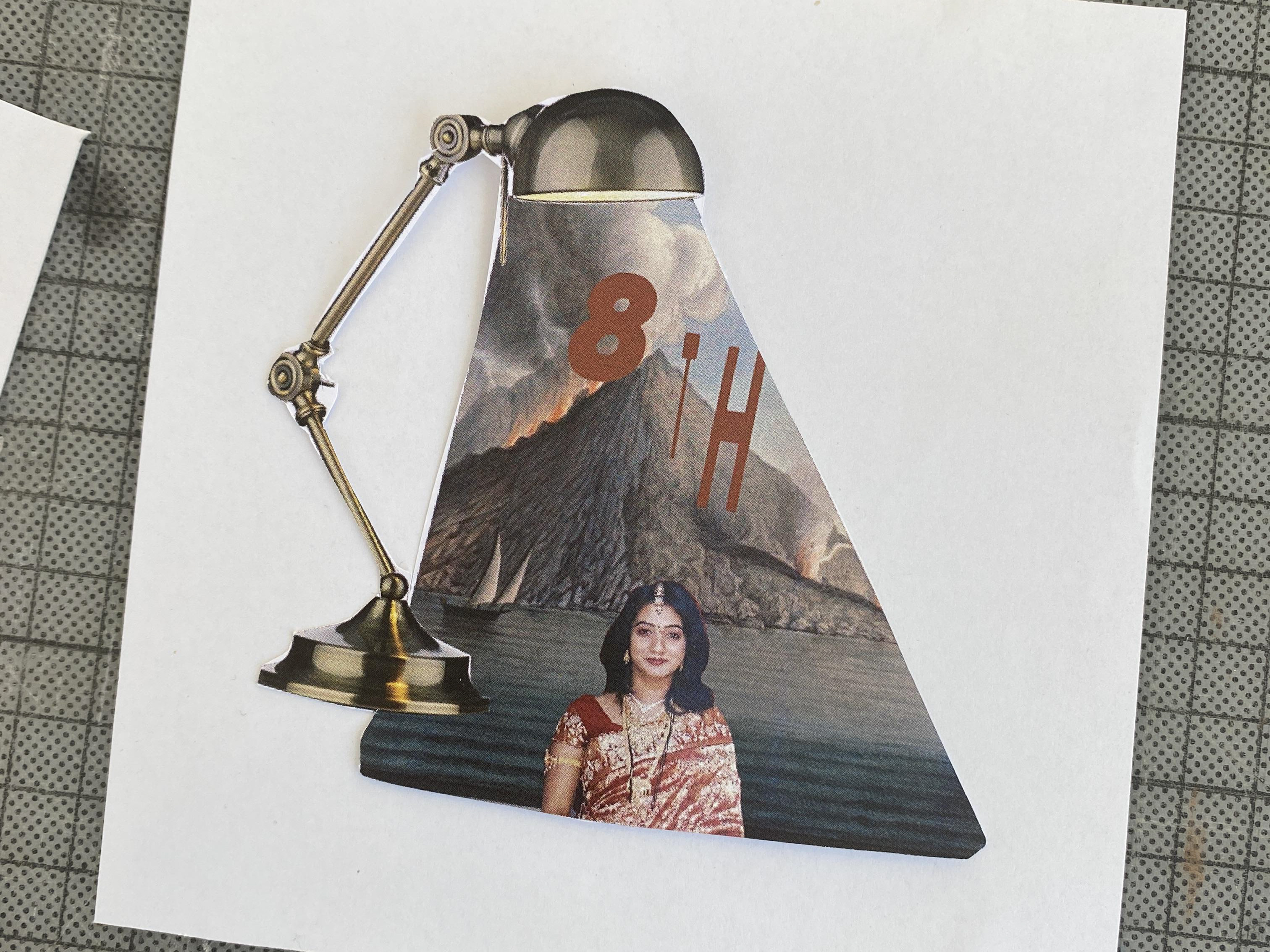How can communication design explore survival mentalities in a space age?
This manifesto for a fictional spaceship called ‘Colony 5’ takes place hundreds of years into the future. It details histories of planet earth to shed light on the spaceship inhabitants and why they live in a collectivist way. Further, this manifesto poked holes at the values of the 21st century such as individualism, consumerism and lack of care toward the sustainability of the planet. I implemented and communicated these values using directive language. It is a retelling of history shown in a certain light, curated and suited to the Colony's mission to relay their mentality as thinly veiled propaganda.
See below for the process.
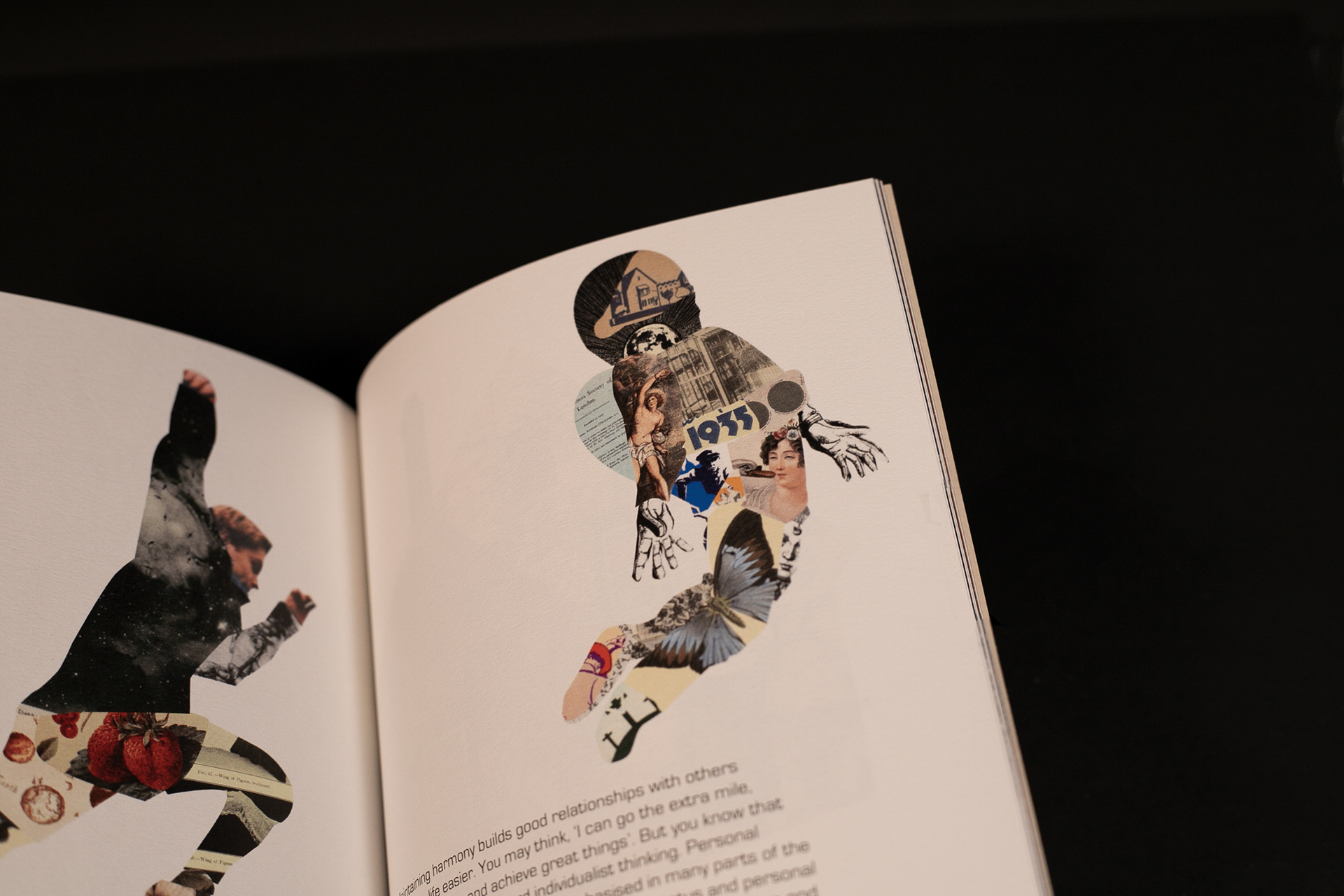

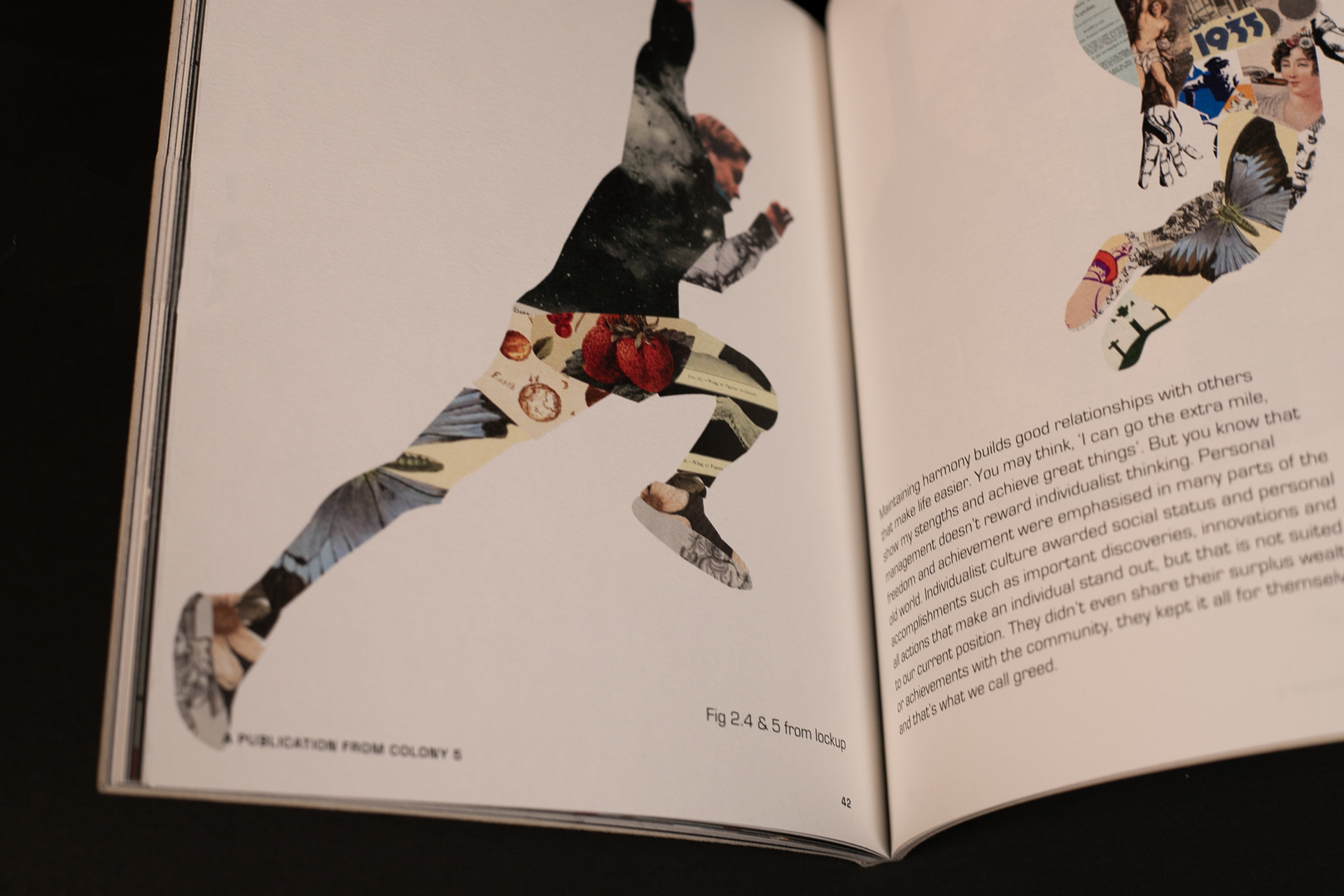
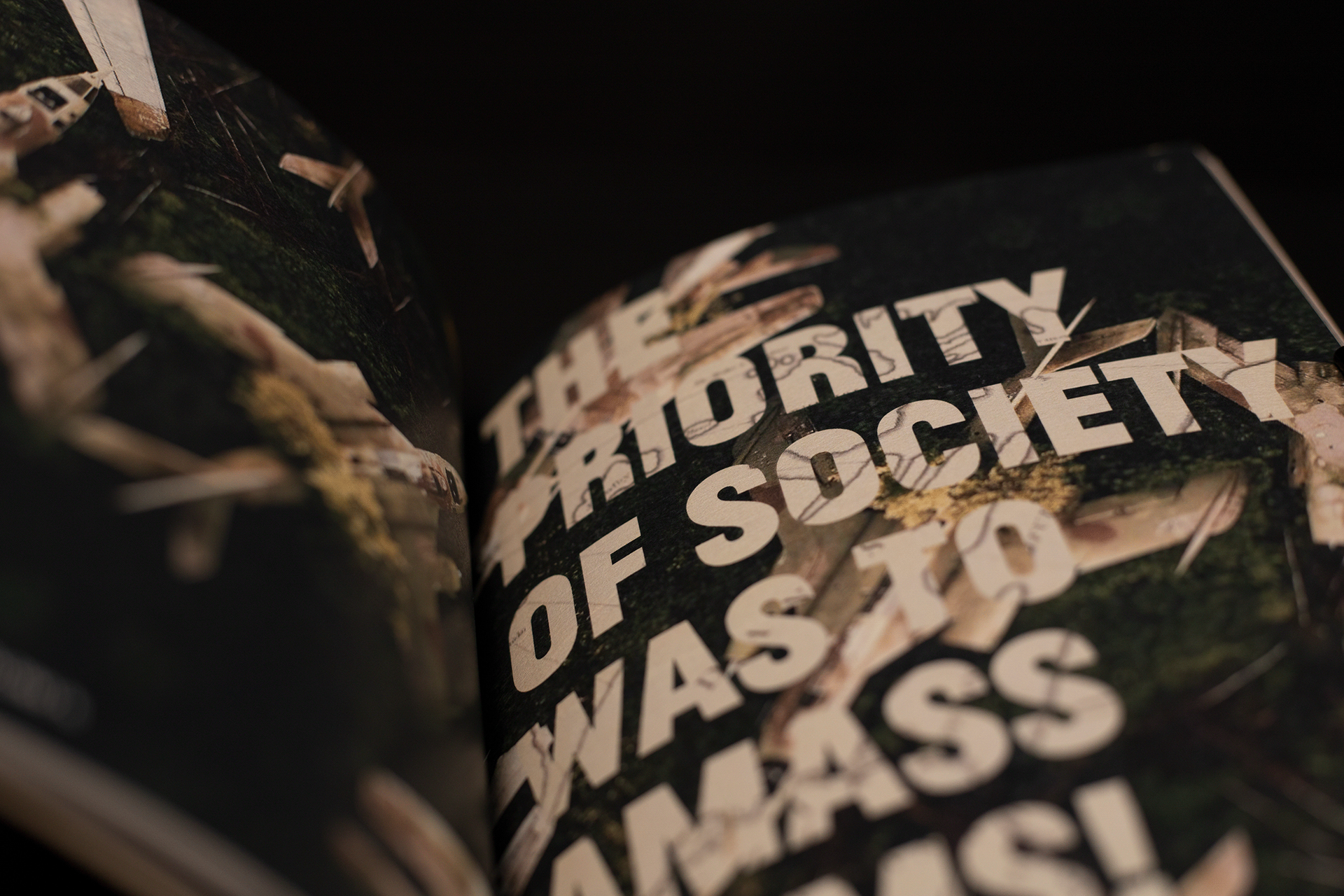
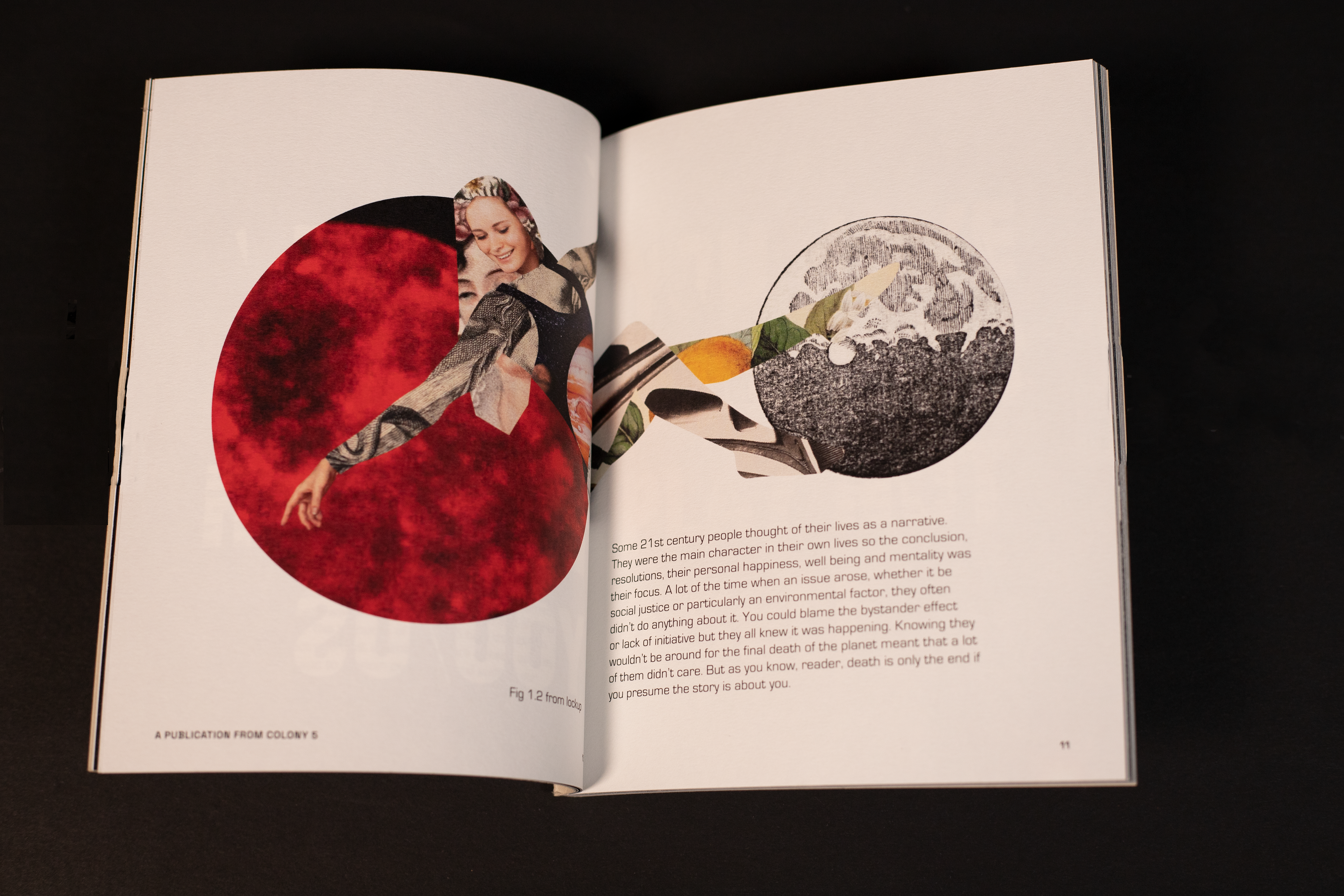
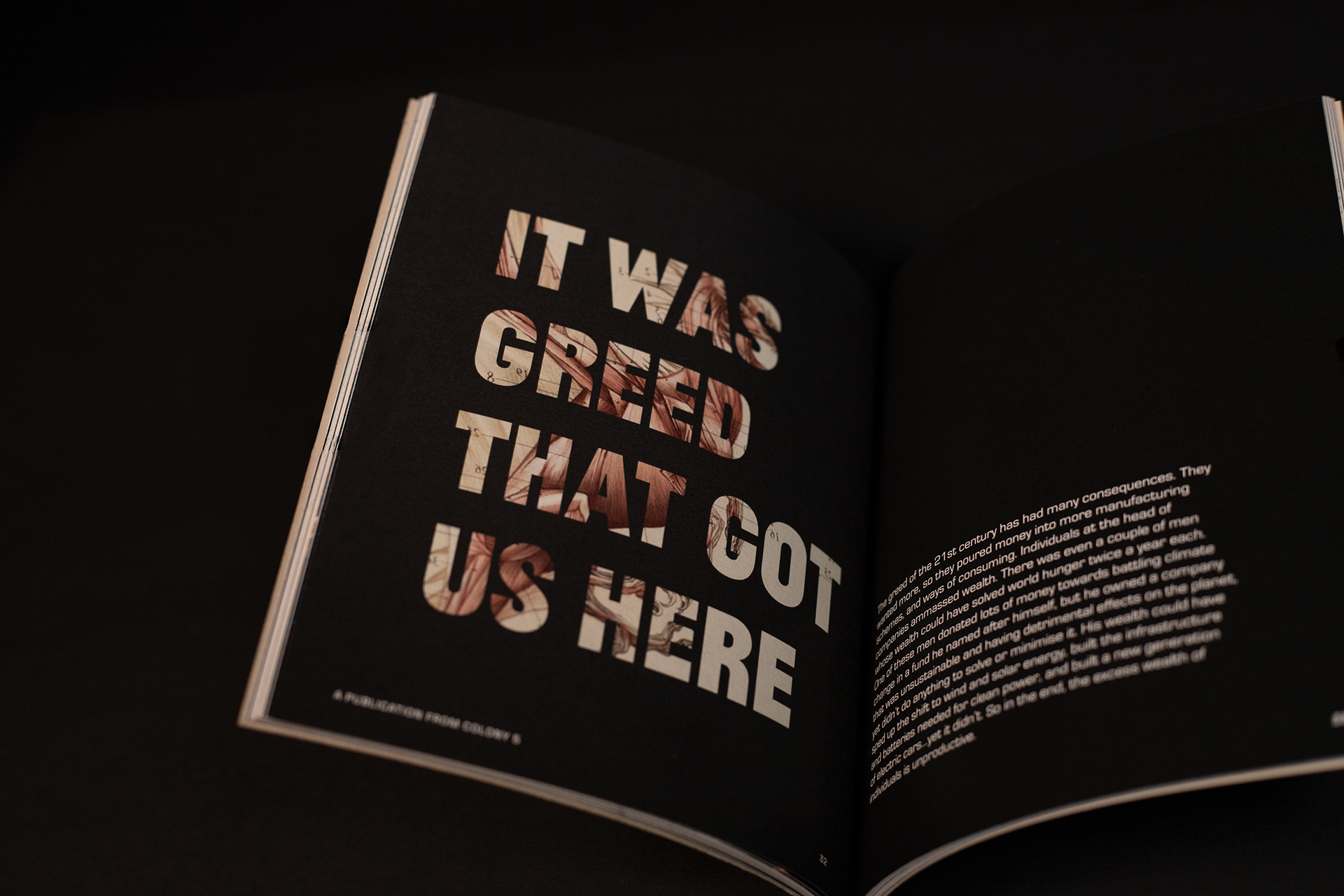

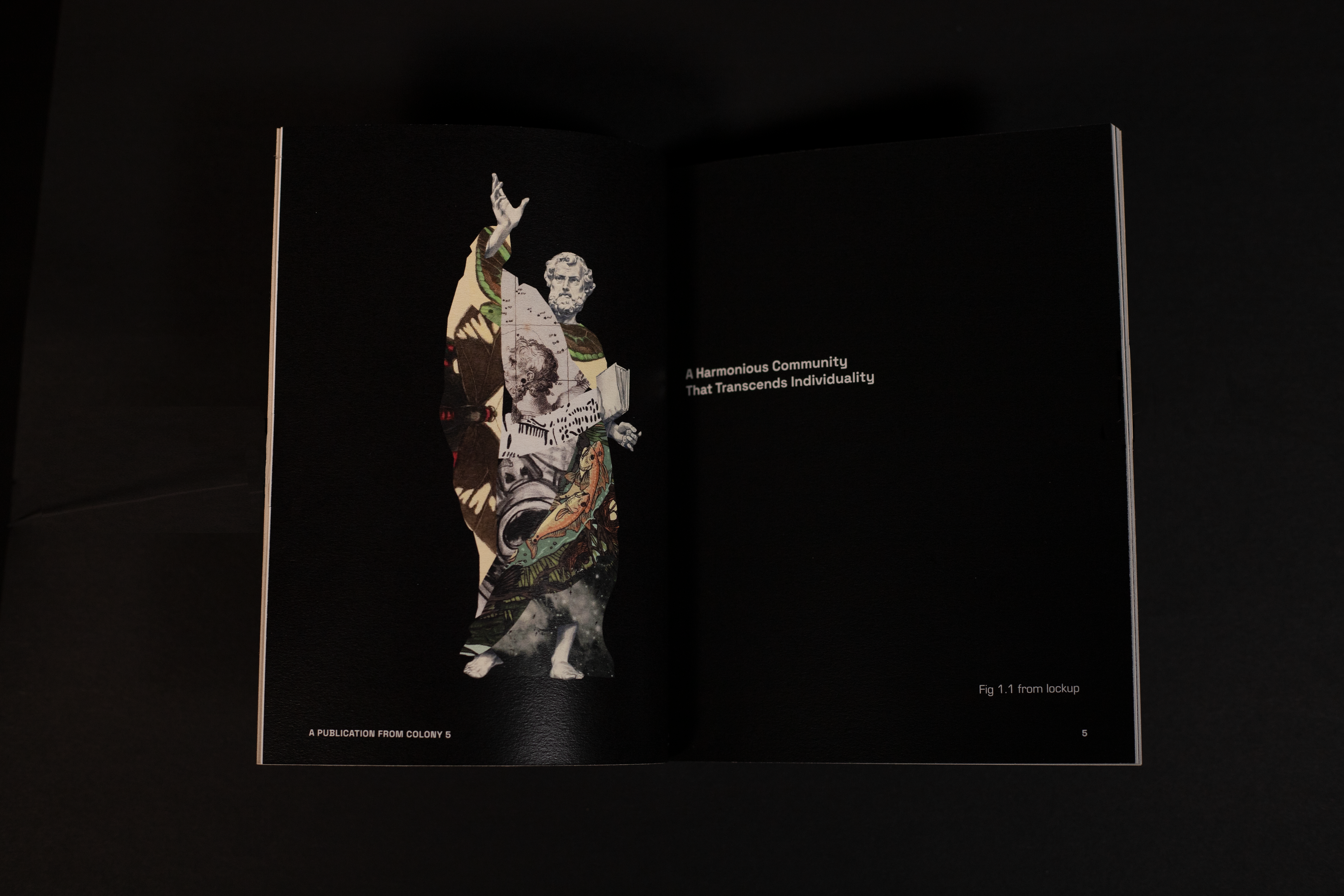

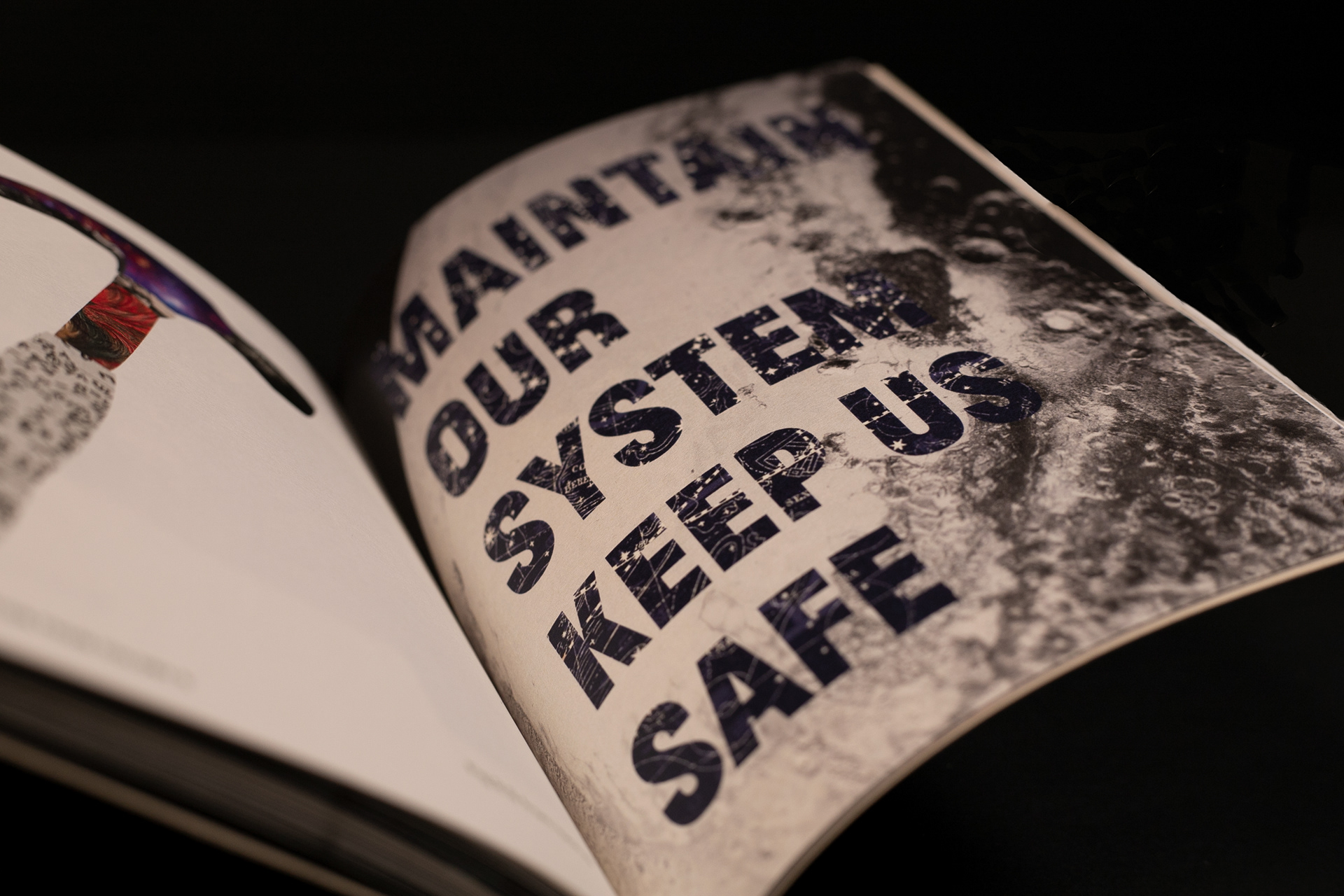
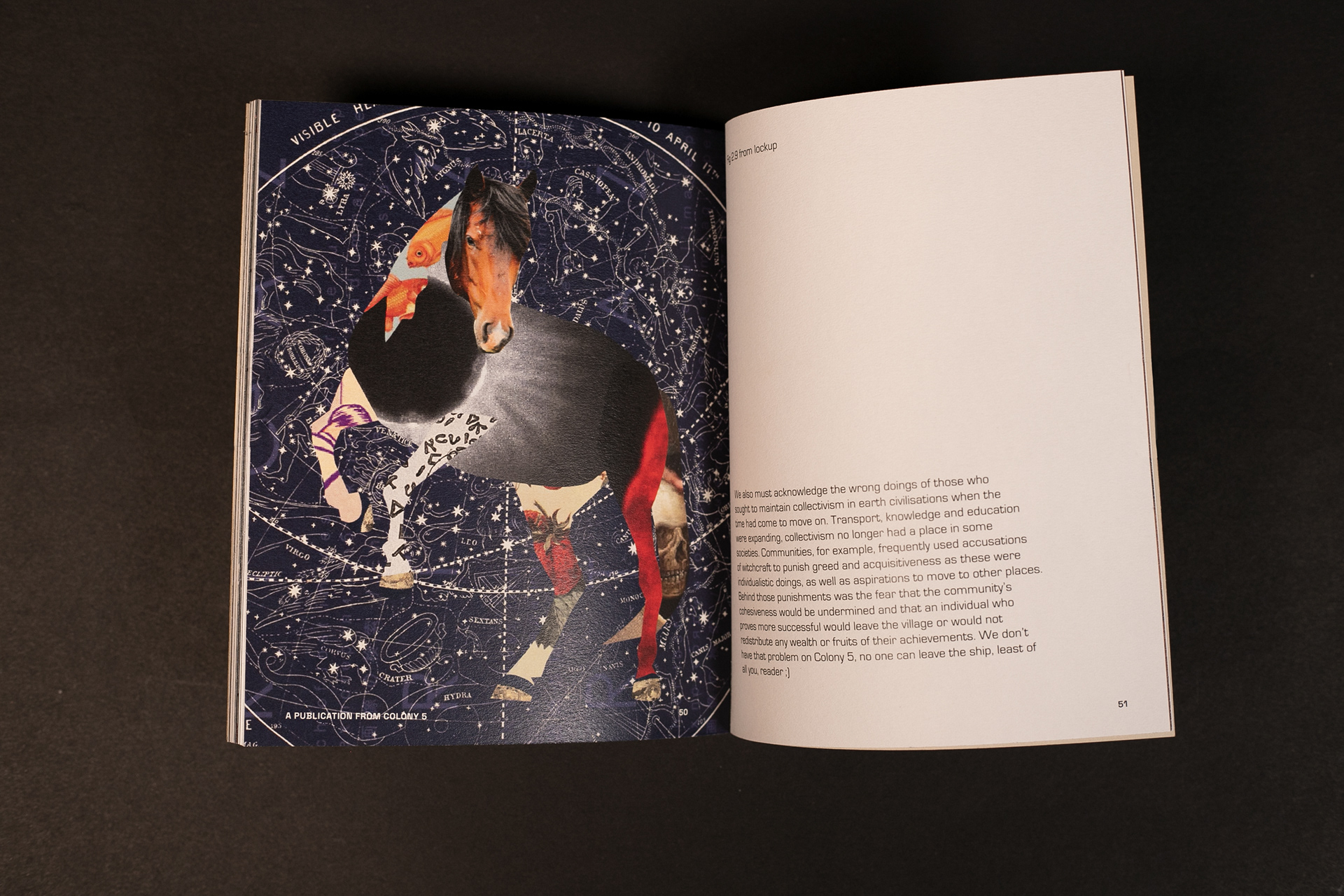
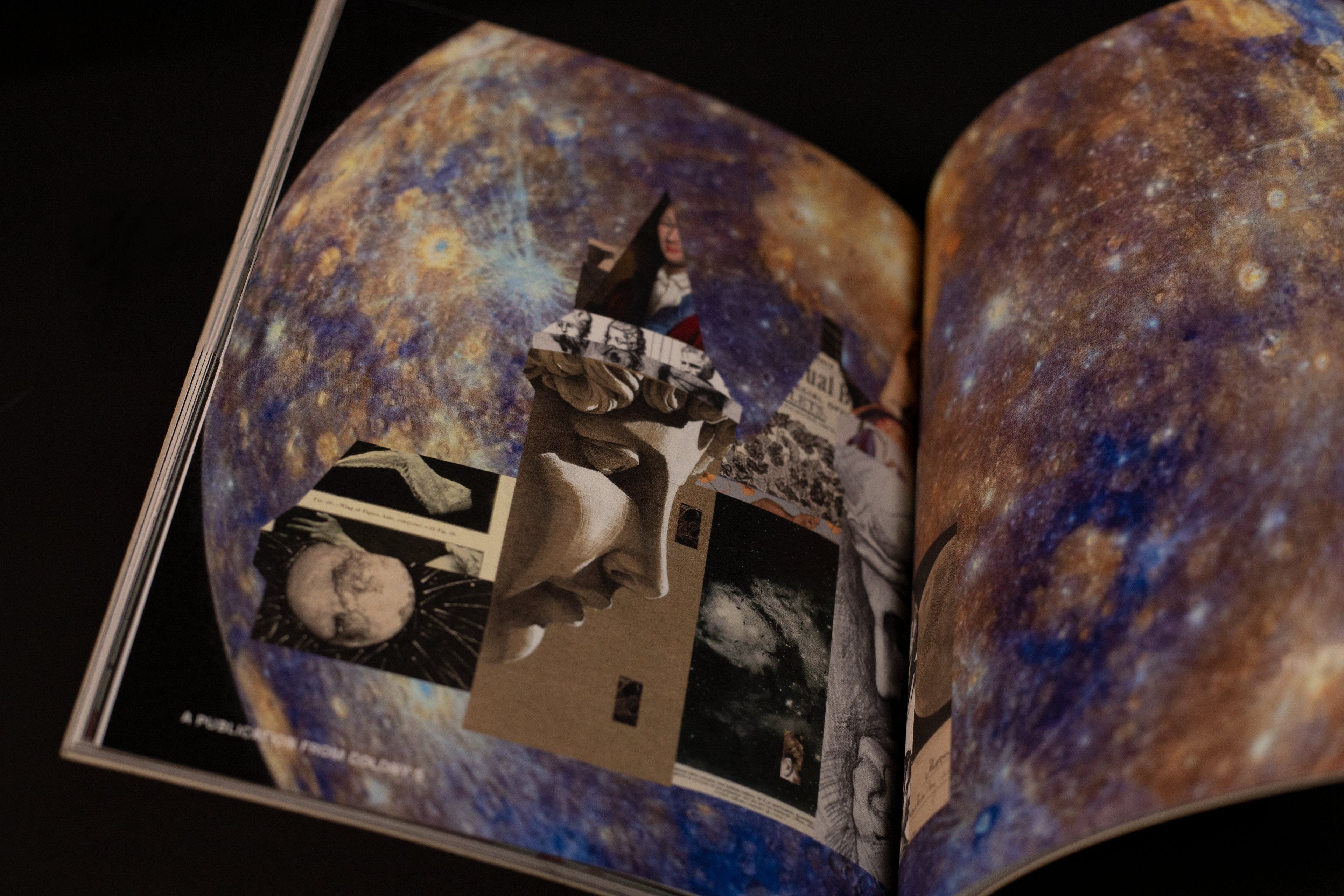
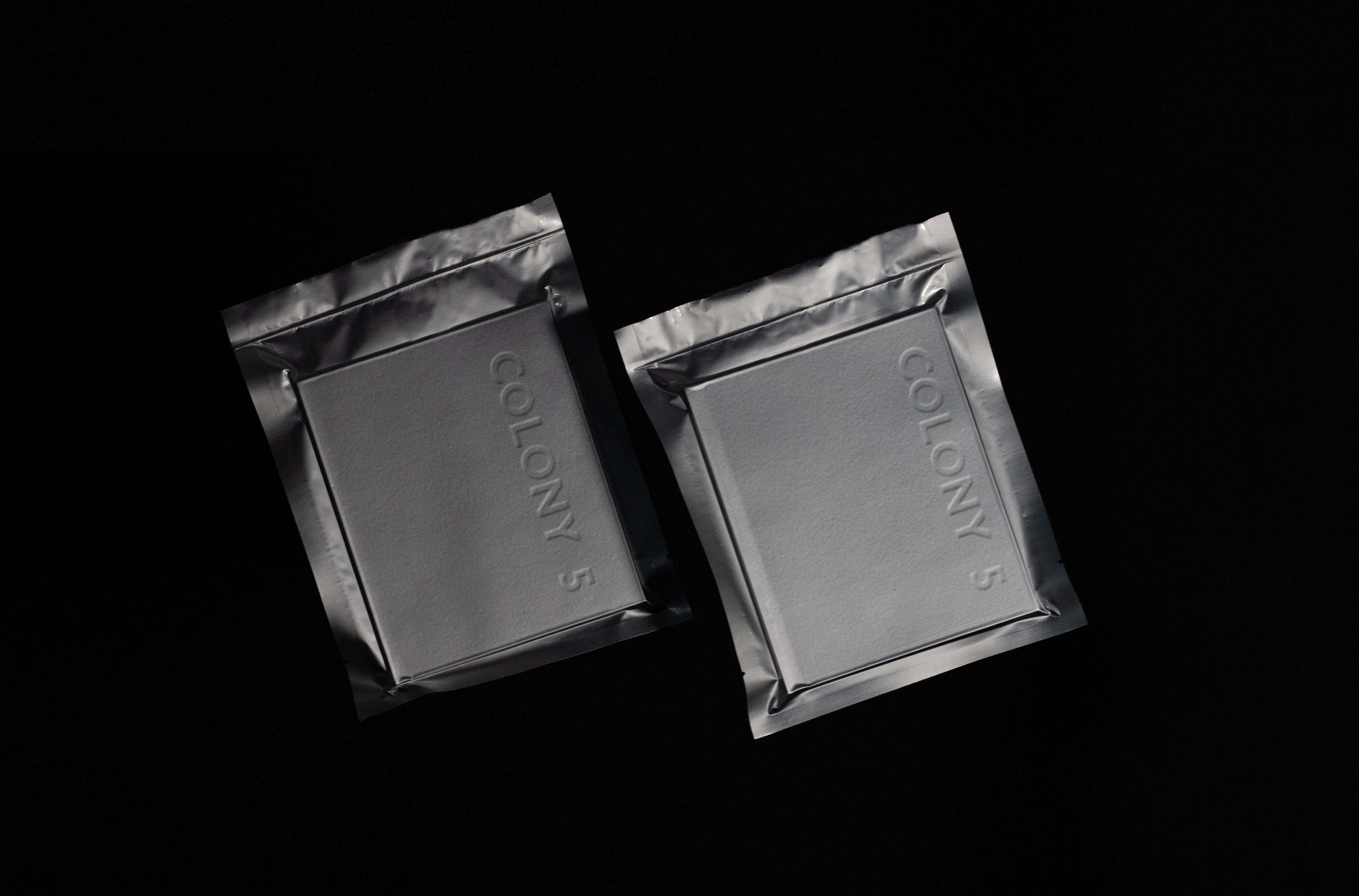
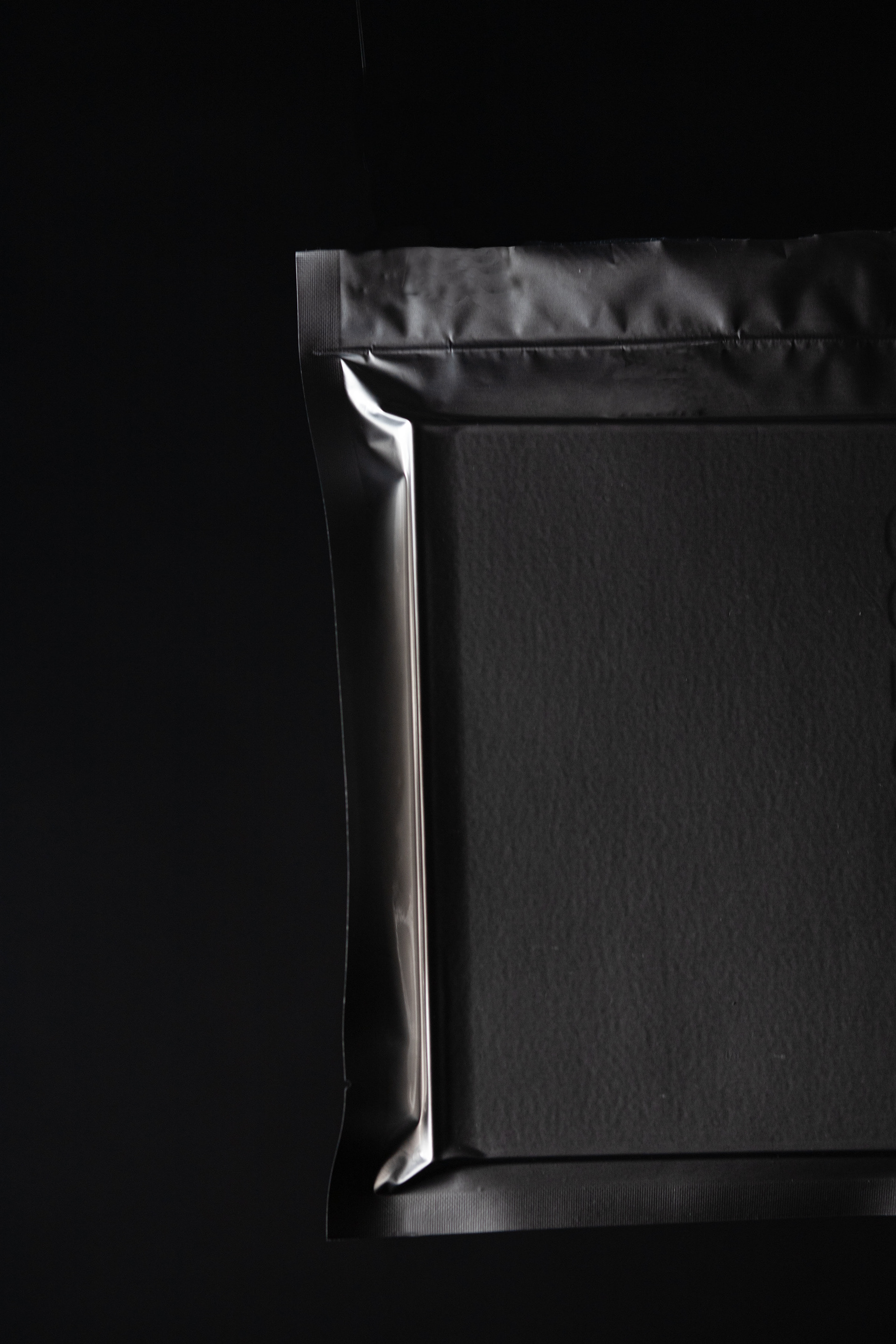
The Process
I was inspired by movies like '2001 A Space Odyssey', 'Starship Troopers' and, particularly, 'Wall-e' which challenged ideas of value through a science fiction lens. What also interested me was the language used in these films and how directive they were. I found language in magazines and adverts from 1950s North America fascinating because of the language they used side by side with imagery of smiling women.
The imagery was uncanny, especially of women smiling sardonically. They included captions such as "So the harder the wife works, the cuter she looks?".
To illustrate an image that displayed how I was poking holes in certain 21st century values, I juxtaposed imagery that was extremely modern vs vintage images that involved their own connotations.
I played with some ideas around greek mythology and its connection to outer space, some dystopian themes and then landed on a more satirist tone, using language to convey the values of the spaceship propaganda. By doing that, the work started to form into a manifesto. I went forward with this, pushing at boundadries in directive language and re-contextualised imagery.
I made collages to convey some elements of absurdity. By contrasting modern versus old imagery, they helped me support the language and statements I was beginning to use in the text. The faces I was using were in reference to the visual language used by print advertisements in 1950s United States.
The element I was referencing was how these advertisements frequently showcased people smiling and enjoying the product, suggesting that using the product would lead to happiness and satisfaction. I was using this preconceived notion to suggest that the viewer (a spaceship citizen) following these values outlined in the manifesto would lead to contentment.
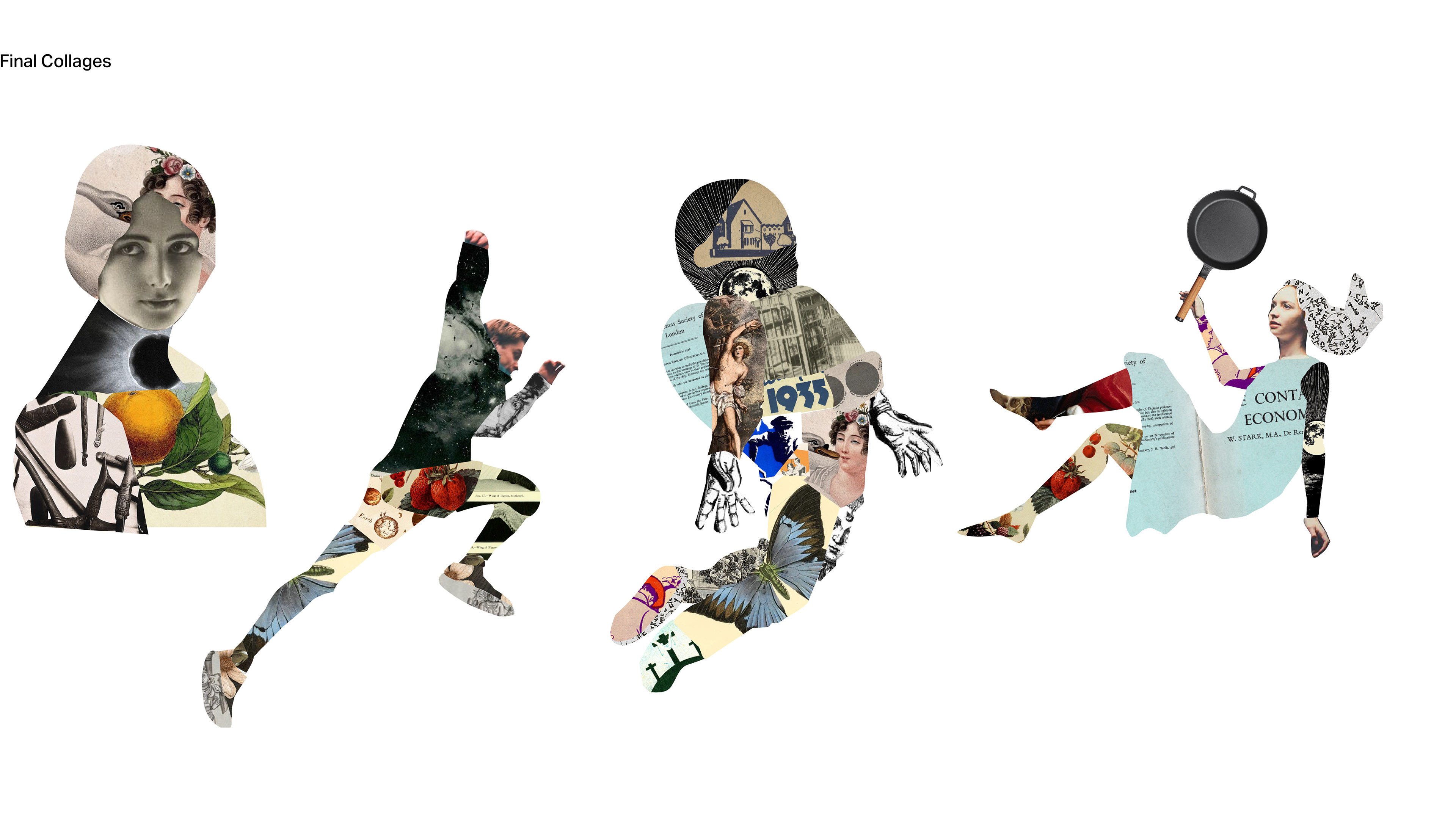
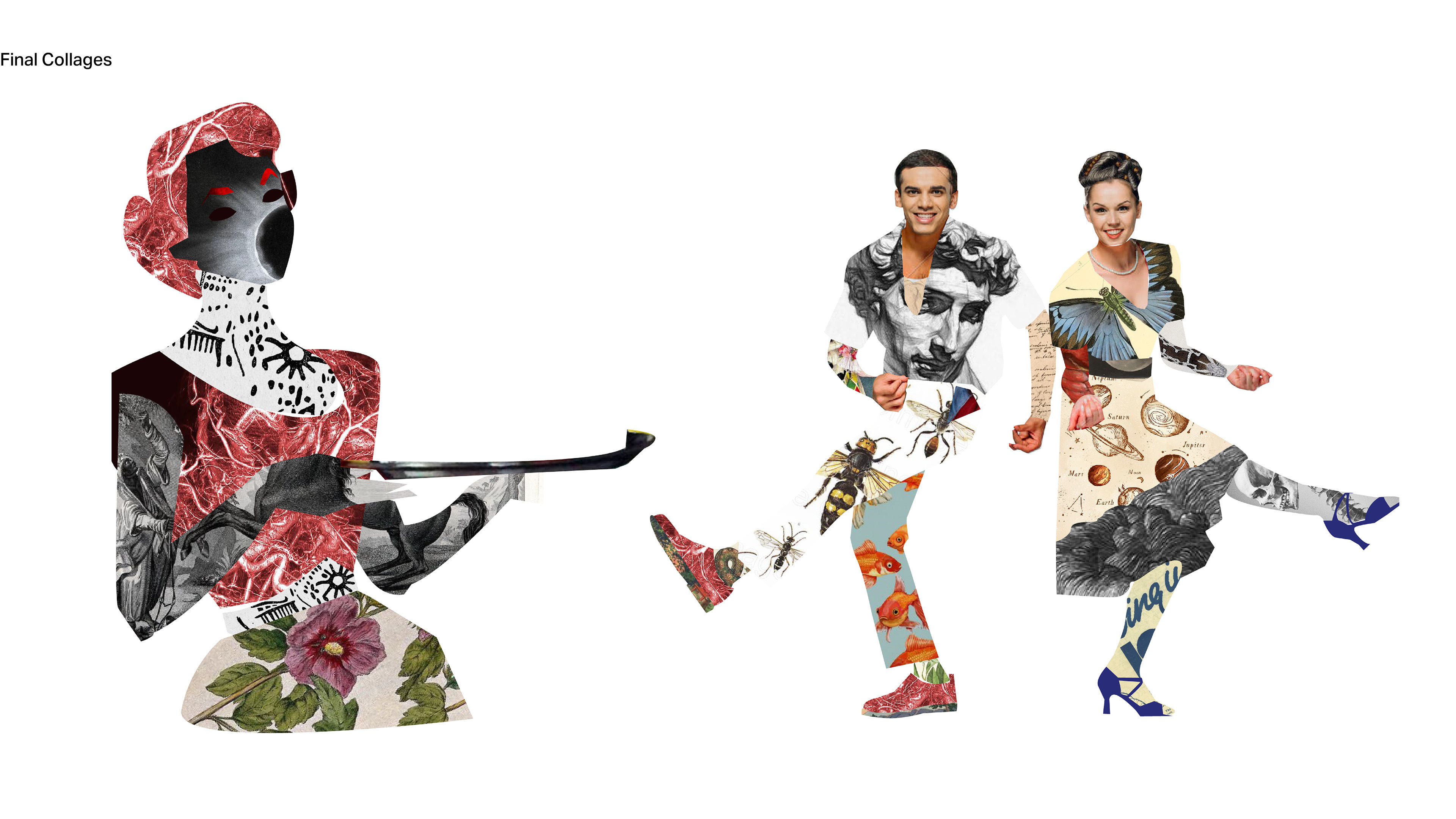
Following the outer space theme, I decided to vacuum pack the book. The idea was that a copy of these manifestos would be in every persons living quarters on the spaceship.
